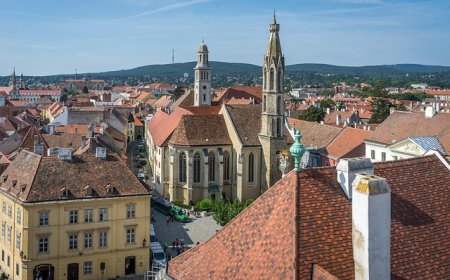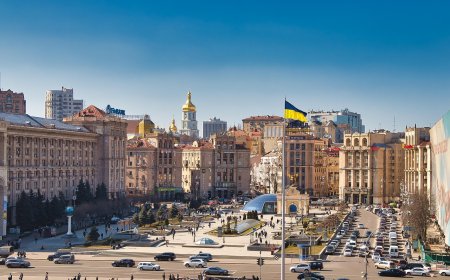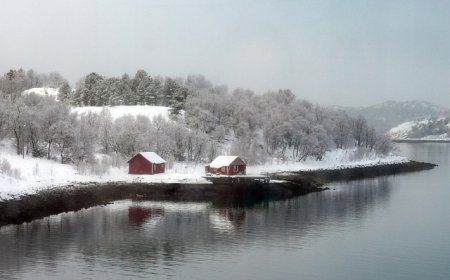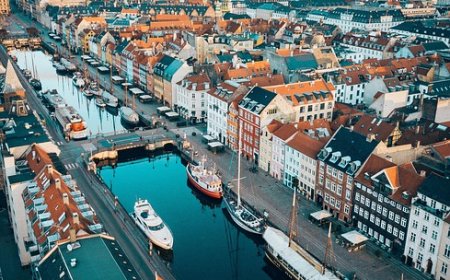Estonia History, Culture, and Geography of a Baltic Country
Explore Estonia’s culture, geography, and digital society in this student-friendly article. Includes quiz, vocabulary, and national standards alignment.
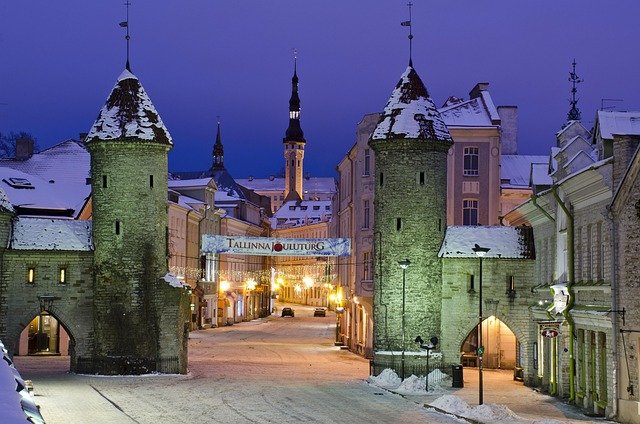
🇪🇪 Estonia: A Digital Pioneer with Ancient Roots and Natural Beauty
🗺 Introduction
Estonia is a small but modern country in Northern Europe, on the shores of the Baltic Sea. It is one of the three Baltic States, along with Latvia and Lithuania. Estonia is known for its green forests, digital technology, and medieval towns that look like scenes from fairy tales.
Though it has a long history of being ruled by other nations, Estonia today is free and forward-thinking, using nature and technology together to build a better future. It’s one of the most digitally advanced countries in the world, yet its people still honor ancient traditions and celebrate their independence with pride.
🌍 Geography and Location
Estonia borders Russia to the east and Latvia to the south. To the west and north, it faces the Baltic Sea and the Gulf of Finland, across from Finland. It has over 2,000 islands, most of them small and covered in forest or farmland.
The country is mostly flat, with lots of wetlands, lakes, bogs, and pine forests. Estonia’s largest lake, Lake Peipus, forms part of the border with Russia. Its longest river is the Emajõgi, which flows through the city of Tartu.
Estonia has a northern climate, with cold, snowy winters and mild, short summers filled with wildflowers, light, and outdoor fun.
🏙 Cities and Regions
The capital of Estonia is Tallinn, a city that looks like a fairy tale with its red rooftops, stone towers, and old city walls. Tallinn’s Old Town is one of the best preserved medieval cities in Europe and is a UNESCO World Heritage Site. But Tallinn is also full of technology companies, startups, and free public Wi-Fi—even in parks!
Other important cities include:
- Tartu – Estonia’s second-largest city and home to the country’s oldest university
- Narva – located on the Russian border, with a mix of Estonian and Russian cultures
- Pärnu – a beach town known for summer fun, spas, and sandy shores
- Saaremaa – the largest island, known for windmills, nature trails, and quiet villages
Estonia is divided into counties, each with its own local traditions, crafts, and dialects.
👨👩👧👦 People, Language, and Culture
Estonia has a population of about 1.3 million people, making it one of the least populated countries in Europe. Most people are ethnic Estonians, but there are also large Russian-speaking communities, especially in the northeast.
The official language is Estonian, a unique language related to Finnish but very different from most other European languages. It does not come from the Indo-European family like English, French, or German.
Estonian culture values independence, quiet strength, and a connection to nature. People enjoy singing, folk dancing, and storytelling. Estonia is famous for its Song Festival, held every five years, where tens of thousands of people gather to sing national songs in harmony.
🍽 Food and Traditions
Estonian food is simple, healthy, and closely tied to nature. Meals are based on what grows in the forests and fields or comes from lakes and the sea. Common ingredients include potatoes, rye bread, dairy, berries, mushrooms, fish, and pork.
Traditional Estonian dishes include:
- Verivorst – blood sausage served with lingonberry jam, especially at Christmas
- Kama – a mix of ground grains eaten with milk or yogurt
- Mulgipuder – mashed potatoes and barley mixed with bacon and onions
- Hapukapsas – sauerkraut, often served with pork
- Kohuke – a sweet snack made of curd cheese and chocolate
Estonians celebrate Independence Day (February 24), Midsummer (Jaanipäev) with bonfires and dancing, and Christmas with lights, traditional foods, and family time.
🏛 History of Estonia
Estonia has a long and often difficult history. For centuries, it was ruled by foreign powers—Germans, Danes, Swedes, Russians, and others. Despite this, Estonians kept their culture alive through song, language, and folklore.
Estonia first became independent in 1918, but in 1940 it was occupied by the Soviet Union, then by Nazi Germany, and again by the Soviets. During these occupations, many Estonians were sent to prison camps or forced to leave the country.
In 1991, after peaceful protests known as the Singing Revolution, Estonia regained its independence. Since then, it has become a democracy, joined the European Union and NATO, and is now a world leader in e-government and cybersecurity.
🌿 Nature and Environment
Estonia is covered in forests, wetlands, bogs, and nature reserves. It is one of the greenest countries in Europe, and its people care deeply about the environment. Estonia is home to animals like lynx, wolves, moose, and hundreds of bird species.
Popular parks include:
- Lahemaa National Park – full of forests, waterfalls, and coastal villages
- Soomaa National Park – famous for its bogs and “fifth season” floods
- Matsalu National Park – one of Europe’s top birdwatching spots
Many schools teach children how to protect the environment, and recycling and renewable energy are common across the country.
📚 Vocabulary List
| Word | Definition |
|---|---|
| Baltic States | Estonia, Latvia, and Lithuania—countries by the Baltic Sea |
| Tallinn | The capital of Estonia, known for its medieval Old Town |
| Verivorst | A traditional Estonian blood sausage eaten during holidays |
| Singing Revolution | A peaceful protest movement that led to Estonia's independence |
| E-government | A digital system where people can do things like vote and pay taxes online |
| Jaanipäev | Midsummer celebration with dancing and bonfires |
| Lahemaa | A large national park in Estonia filled with forests and villages |
| Kohuke | A sweet Estonian snack made of curd cheese and chocolate |
👧🧒 Kid-Friendly Summary
Estonia is a small country in Europe near the Baltic Sea. Its capital is Tallinn, a cool old city with towers, castles, and fun tech stuff. Estonians love nature, quiet forests, and singing together at festivals.
The people speak Estonian, a language that sounds a little like Finnish. They eat yummy foods like rye bread, potato mash, and chocolate cheese snacks called kohuke! Even though Estonia was once ruled by others, the people stayed strong, and now they live in a free and high-tech country.
🧠 Interactive Quiz: What Do You Know About Estonia?
1. What is the capital of Estonia?
A) Vilnius
B) Tallinn
C) Helsinki
D) Riga
2. What sea borders Estonia?
A) Adriatic Sea
B) North Sea
C) Black Sea
D) Baltic Sea
3. What is the Singing Revolution?
A) A music contest
B) A war
C) A peaceful protest using songs
D) A new band
4. What kind of climate does Estonia have?
A) Tropical
B) Desert
C) Cold, with snowy winters
D) Hot year-round
5. What food is verivorst?
A) Beet salad
B) Cheese pastry
C) Blood sausage
D) Cabbage roll
6. What does e-government mean?
A) Government workers sing
B) Online government services
C) Electric transportation
D) Elections every month
7. What festival is celebrated with bonfires in summer?
A) Christmas
B) Jaanipäev
C) Easter
D) Solstice Day
8. What animals live in Estonia’s forests?
A) Lions and zebras
B) Camels and snakes
C) Lynx, moose, and wolves
D) Monkeys and parrots


















































